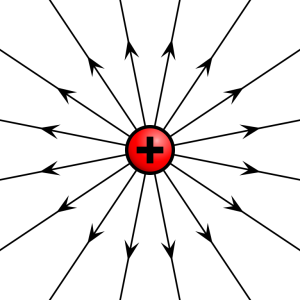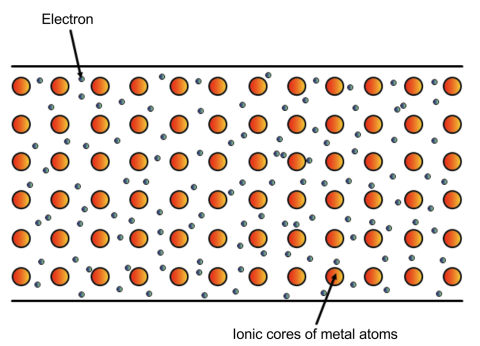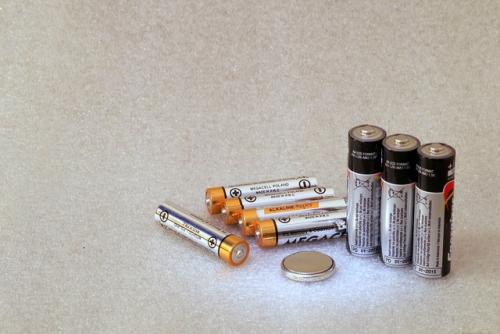Some particles can have a positive or negative charge. For example, protons have a positive charge, and electrons have a negative charge.
They have electric fields around them. The stronger the charge, the bigger the electric field.
Opposites (positive and negative) pull towards each other - this is called attraction. Same charges (positive-positive or negative-negative) push away from each other - this is called repulsion.
The movement of these charges creates electricity.

- Electric Current
First, there has to be a circuit. This can be built from wires and things such as bulbs or motors (or other components too).
These all have tiny charges inside called electrons, and once everything is connected correctly, they all start moving at once. Imagine a belt or chain spinning around. This movement is the electric current.
Video fileCreditThis work by PhET Interactive Simulations, University of Colorado Boulder is licensed under Creative Commons Attribution 4.0 InternationalElectrons (shown as small blue circles) are everywhere in the wires and components. Closing the switch forms a full connection, and the electrons begin to move around the circuit. If they go faster, the current will get bigger and increase. And it will get smaller and decrease if they go slower.
We measure electric current in amperes, or amps (A).
- Resistance
It's not just electrons in the circuit - there are also other particles.
Image CreditThis work by Oliver Toogood is licensed under Creative Commons Attribution Non Commercial Share Alike 4.0 International
CreditThis work by Oliver Toogood is licensed under Creative Commons Attribution Non Commercial Share Alike 4.0 InternationalHow the inside of a wire might look Sometimes these get in the way, and electrons bump and collide into them. When this happens, they slow down. This opposition to the current is called resistance. It is measured in Ohms ( ).
A big resistance means the electrons move slowly, so the current will be small.
- Potential Difference
- Image
 CreditThis work by Pixaby is licensed under Creative Commons Zero v1.0 Universal
CreditThis work by Pixaby is licensed under Creative Commons Zero v1.0 UniversalA cell is a single unit. A battery is two or more cells joined together. All circuits need something to power them.
This might be a cell or a battery. It pushes the charges and makes them move.
The ‘strength’ of the push is called the Potential Difference. It is sometimes known as the Voltage.
We measure it in volts (V).
All cells and batteries have some sort of chemicals inside, but it isn't always the same ones.
Because these chemicals can be different, some can give a big push while others can only give a little push.
The size of a cell/battery only affects how long it lasts before it runs out. The larger it is, the more chemicals inside, so it will push the charges around the circuit for a longer time.
The pushed charges get energy from this, and they pass this on to the parts of the circuit as they move around it. This could make a bulb light up, or a motor spin, for example.
Some components might need a lot of energy to work, and others not as much. The amount needed is known as the potential difference across a component.
- Electrical Conductors and Insulators
Charges can move very easily through some materials. These are called electrical conductors. They have a small resistance, meaning the charges can flow fast through them.
Metals are very good conductors, so lots of components are made out of them. Copper is used in wires.
But charges can struggle to move through some kinds of material. These are called electrical insulators, and they have a large resistance.
Plastic is one example of this material, and that's why we use it to cover wires. The plastic insulation protects us when we pick up the wire, stopping us from getting an electric shock!
Image CreditThis work by Kreuzschnabel is licensed under Creative Commons Attribution Share Alike 4.0 International
CreditThis work by Kreuzschnabel is licensed under Creative Commons Attribution Share Alike 4.0 InternationalPlastic insulation around wires (the twisted copper strands)
